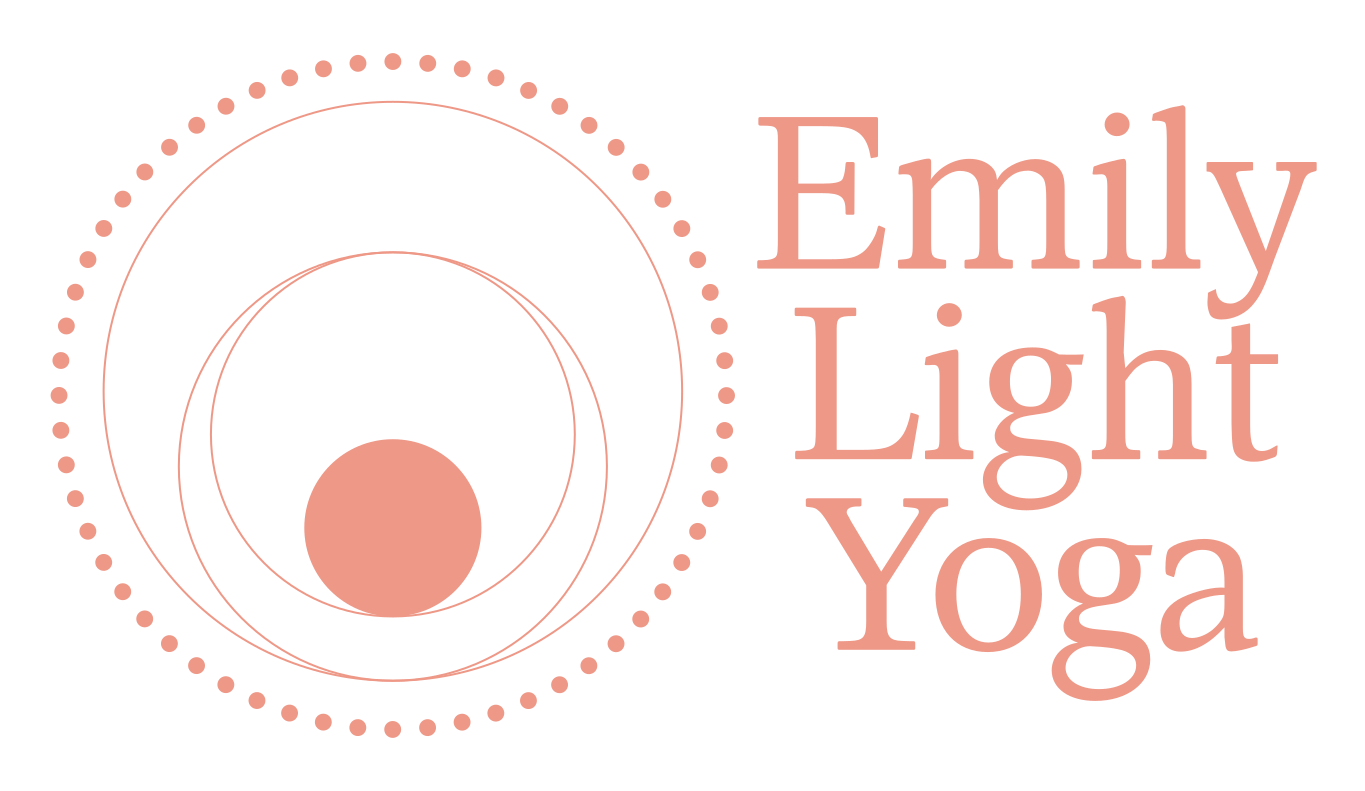The Zen of Oryoki
Oryoki is a formal style of serving and eating, that's typical in Zen temples. While I was on retreat over the New Year, we ate in Oryoki fashion. Each person has their own Oryoki kit, which is comprised of three bowls, two chopsticks, a wooden spoon, a wooden spatula, a lap napkin, a drying napkin, and a cloth case for the utensils. All of these items are stacked, bundled and tied up in the lap napkin.
Just like in the Zen practice of meditation, Oryoki has a lot of rules. There’s a particular order to everything. It goes something like this: you stand behind your chair and wait for everyone to arrive, hold your Oryoki kit above your head, bow, sit, unpack the bundle, place the bowls and utensils in order, wait, bow, pray, bow, serve the food, bow, return the serving dishes, bow. Every time you ask for or pass a condiment, you bow. There’s one bowl all the way to the left, called the Buddha bowl, from which you take your first bite. You hold the Buddha bowl up, bow, then taste. And this is all before you really start eating! I’ll stop here, you get the idea.
At first all the rules seemed cumbersome. And then it became a beautiful practice to rest into. The immensely detailed structure of this style of eating isn’t superfluous. It’s not some archaic ritual that doesn’t make sense anymore. The form of the practice is in place to catch you when you're distracted. If the mind is wandering, then you’ll screw it up. And even if the mind isn’t wandering, you’ll probably screw it up anyway. And that‘s part of the practice too. It also checks the ego. Just when you think you're getting good at Oryoki, or even worse, you think you're better than your neighbor because he keeps dropping the chopsticks or forgetting to bow at the right time, BAM! You mess it up and your ego deflates.
How can you use the form of practice to catch you when your mind is distracted? Perhaps notice when the posture becomes lazy or when the breath becomes shallow. Or when the gaze starts to wander... and come back to the tools of this practice that are in place to help you stay on track.

